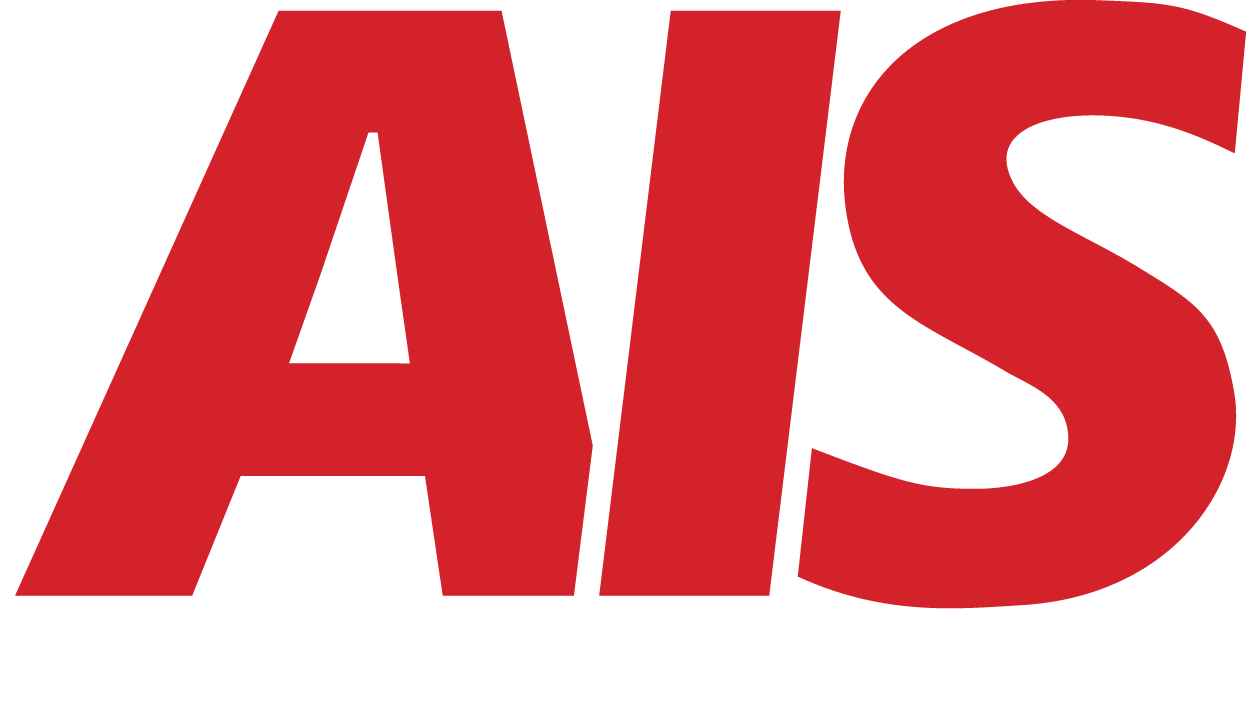The True ROI of Moving to Hybrid Cloud for SMBs
September 26th, 2025 | 5 min. read

The idea of moving to the cloud is nothing new. But for many small and mid-sized businesses, the concept of hybrid cloud is gaining traction as a smarter, more flexible option than going fully cloud-native.
Still, there’s one question that comes up time and time again:
“Is the ROI actually worth it?”
If you’re trying to decide whether hybrid cloud makes financial and operational sense for your business, this article is for you. We’ll walk through what hybrid cloud is, how much it really costs, where the value shows up, and how to avoid the hidden mistakes that kill ROI.
What Is Hybrid Cloud (And Why Are More SMBs Considering It)?
A hybrid cloud environment combines both:
- On-premise infrastructure (like local servers, switches, or storage), and
- Cloud-based resources (like Microsoft Azure, Amazon Web Services, or private data centers)
The idea is not to move everything to the cloud. Instead, hybrid cloud lets you choose what should live in the cloud and what makes more sense to keep on-site.
Common hybrid cloud scenarios for SMBs:
- Cloud backups and file sharing
- On-prem ERP, with cloud email or CRM
- Virtual desktops for remote teams
- Cloud-hosted disaster recovery paired with local servers
It offers the best of both worlds: local control where it matters, cloud flexibility where it helps.
What Does It Really Cost to Move to a Hybrid Cloud Setup?
Hybrid cloud is not a single product. It’s a strategy, built from the components your business needs.
Costs will vary, but here’s what most SMBs can expect:
Upfront Costs
- Migration labor (moving data, setting up new systems)
- New firewalls, switches, or SD-WAN devices
- Licensing for hybrid-ready platforms (e.g., Windows Server, Microsoft 365)
- Staff training and documentation
Ongoing Costs
- Cloud storage or compute usage (often monthly)
- Cloud service licenses (based on users or usage)
- Network monitoring and management
- Security tools like multi-factor authentication (MFA) and endpoint protection
Cost Depends On:
- Number of users
- Type of workloads (file storage vs apps vs databases)
- Compliance or data retention requirements
- How much on-prem gear do you still plan to use
For some SMBs, a hybrid setup may cost a bit more at first. But the ROI shows up over time in reduced downtime, fewer hardware refreshes, and more agile IT management.
Where Hybrid Cloud Delivers Real ROI for SMBs
Let’s look at the real-world areas where hybrid cloud returns value beyond the spreadsheet.
1. Cost Savings Over Time
Instead of buying extra capacity “just in case,” hybrid cloud lets you scale storage and compute power based on actual demand.
- No need to overbuild servers for growth
- Reduce on-site hardware maintenance costs
- Save space, power, and cooling in your server room
This approach is often less expensive than buying new servers every 3–5 years, especially when you include management costs.
2. Flexibility and Scalability
Need to open a remote office or add 10 new employees quickly?
With hybrid cloud:
- You can provision virtual desktops or cloud storage in hours
- You avoid delays from hardware purchasing and setup
- You adapt your IT to business needs, not the other way around
This agility is hard to quantify, but it pays off in faster projects, smoother onboarding, and fewer infrastructure limitations.
3. Improved Security and Business Continuity
Hybrid cloud allows you to:
- Store backups off-site, outside your physical building
- Use cloud-based failover or replication for mission-critical systems
- Recover faster from ransomware, server failure, or power outages
This reduces risk and ensures business continuity, which is a form of ROI no CFO wants to test the hard way.
4. Better User Access and Experience
Employees want fast, secure access from wherever they are. Hybrid cloud supports:
- Seamless remote access to files and apps
- Cloud-based authentication and SSO
- Fewer VPN bottlenecks or legacy access issues
A smoother user experience leads to better productivity, fewer IT tickets, and happier teams.
How to Measure ROI on Hybrid Cloud Investments
Measuring ROI goes beyond the price of your cloud invoice. Here’s what to track:
- Downtime avoided
Calculate cost savings from fewer outages or recovery time improvements - Infrastructure cost reductions
Fewer servers, less hardware to manage or refresh - Productivity gains
IT staff can focus on strategic projects instead of daily maintenance - Vendor consolidation
Replacing multiple tools with cloud platforms simplifies management - Licensing flexibility
Pay only for what you use, scale up or down as needed
Use these metrics to track real results six months and one year after migration.
Common ROI Killers to Watch Out For
Even good cloud projects can go off the rails if you’re not careful. These common issues drain ROI fast:
- Overbuilding your cloud environment
Paying for more resources than you need (or never using them) - Not documenting processes or roles
Chaos during outages or user onboarding - Failing to train your users
Low adoption or frequent support requests slow productivity - Skipping optimization after deployment
Costs rise when cloud environments aren’t tuned or reviewed regularly
Avoid these pitfalls by planning, right-sizing from day one, and working with a partner who keeps optimizing after go-live.
How AIS Helps SMBs Maximize Hybrid Cloud ROI
At AIS, we help businesses move to hybrid cloud environments that make sense for their size, budget, and goals, not someone else’s template.
We offer:
- Readiness assessments and cloud feasibility planning
- Right-sized architecture and vendor selection
- Hybrid licensing support (e.g., Microsoft 365, Azure)
- Cloud-to-on-prem integration (for backups, authentication, and apps)
- Monitoring, alerting, and post-migration optimization
We don’t just launch cloud projects. We help you build sustainable, cost-effective hybrid environments that scale with your business.
Final Thoughts: Hybrid Cloud Can Be a Smart Investment—But Only If It’s Done Right
Hybrid cloud offers real ROI, but not just from cutting costs. It’s also about:
- Reducing risk
- Improving uptime
- Empowering teams to work from anywhere
- Building a flexible foundation for growth
It’s not a one-size-fits-all solution, and it’s not just for big companies.
If your business wants to scale smarter, support remote work, or modernize aging infrastructure without going all-in on cloud, hybrid might be the answer. AIS can help you make the move and make it count.
A true southerner from Atlanta, Georgia, Marissa has always had a strong passion for writing and storytelling. She moved out west in 2018 where she became an expert on all things business technology-related as the Content Producer at AIS. Coupled with her knowledge of SEO best practices, she's been integral in catapulting AIS to the digital forefront of the industry. In her free time, she enjoys sipping wine and hanging out with her rescue-dog, WIllow. Basically, she loves wine and dogs, but not whiny dogs.
Topics:



